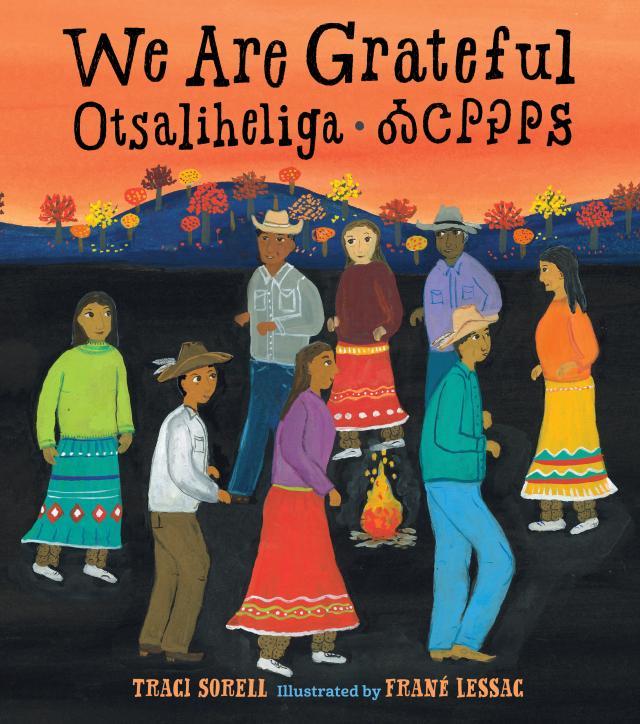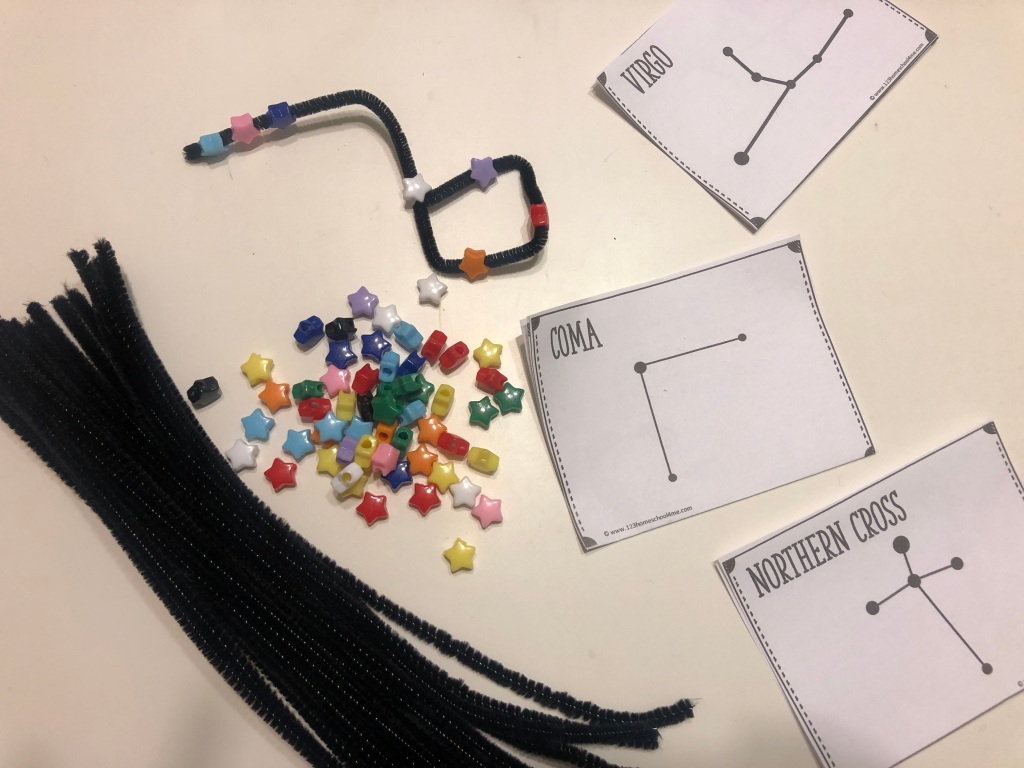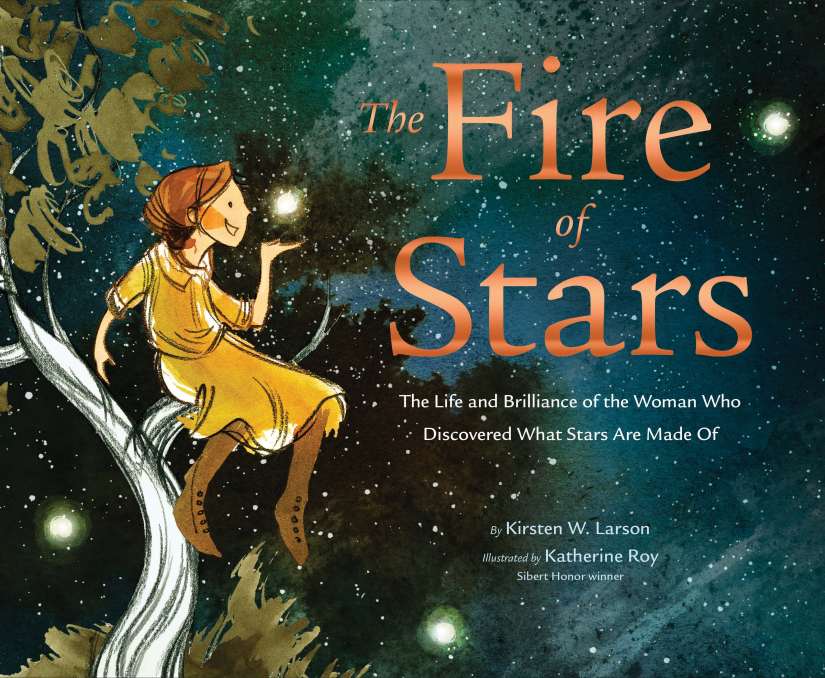What’s the best part of Thanksgiving (besides the sweet potatoes and pecan pie)? Gratitude! This month I’m reviving a 2012 arts and craft activity, that invites kids to reflect on what they are grateful for.
Getting into a grateful mood

Before you get crafting, I highly recommend helping your kids get into a grateful mood. One of my favorite picture books for cultivating gratitude is We Are Grateful: Otsaliheliga by Tracy Sorell, illustrated by Frané Lessac. After you read the book, brainstorm as a whole group some things to be grateful for.
Now on to the turkeys…
Thankful turkeys

Originally posted November 2012 — My little turkeys are thankful for many things this year: mostly LEGOs, chocolate, and their stuffed animals. Sigh. At least they’re honest.
In an effort to infuse some gratitude into the Thanksgiving season, we built these “thankful turkeys” out of pinecones. We will add a new feather each day (for five total) with things we are thankful for.
To build these turkey’s here’s what you’ll need:
- Pinecone
- Construction paper: brown, orange, red
- School glue
- Black marker
- Googlie eyes (optional)
Here’s what you do:
- Cut turkey body by tracing a figure eight on the brown construction paper. Make the lower circle (body) larger than the upper circle (head).
- Using orange paper, cut a triangular beak. Cut a couple of oval-shaped orange feathers while you are at it.
- Using red paper, cut a waddle. Cut a couple of red feathers too.
- Glue waddle, then beak to the turkey’s head. Add eyes using marker or googlie eyes if you have them.
- Write things you are thankful for on each feather, one item per feather.
- Lay pinecone on its side. Glue turkey body to short, pointy end of the pinecone. Glue feathers to wide base of pinecone.
These make a great centerpiece. We’ll be using them to decorate the kids’ table. Now if only we can get some non-material items listed on those feathers…













